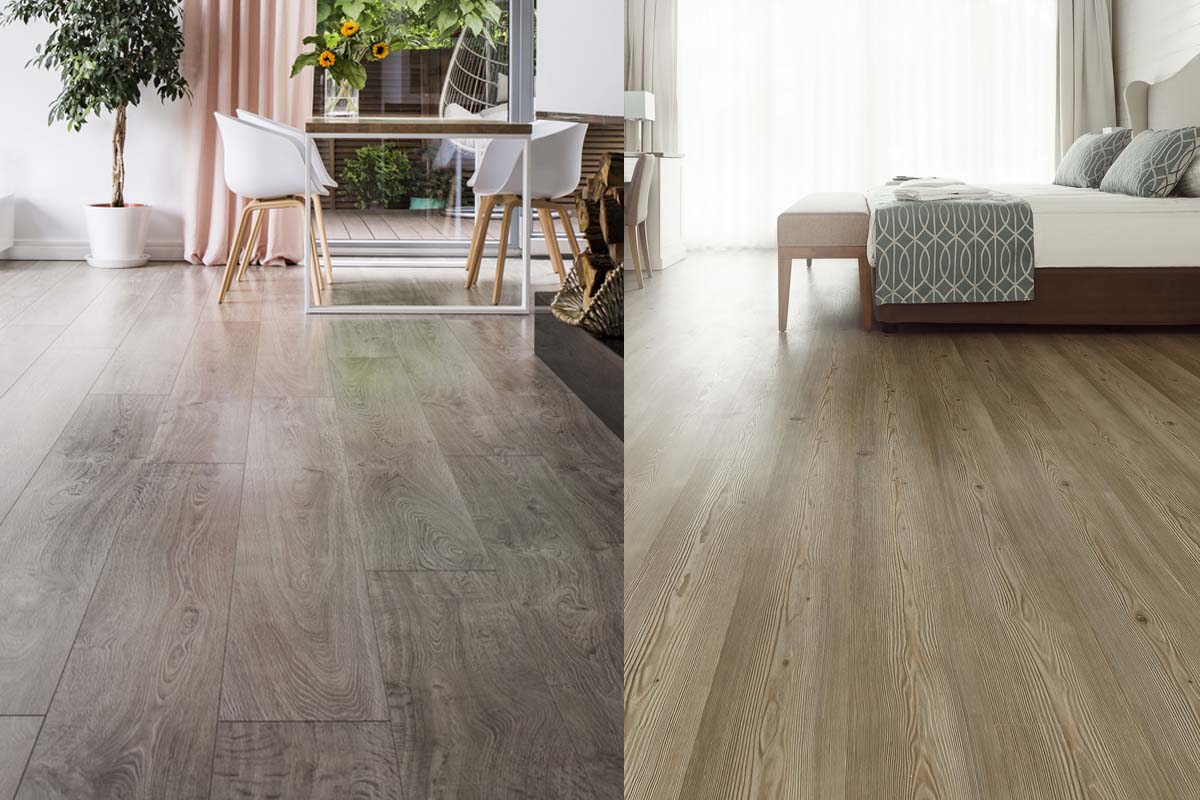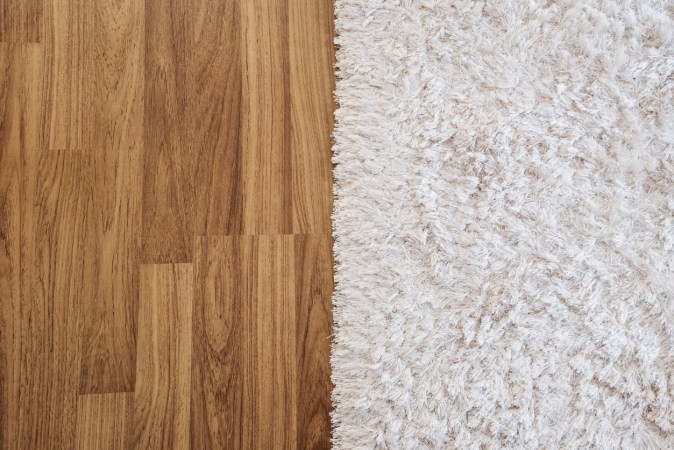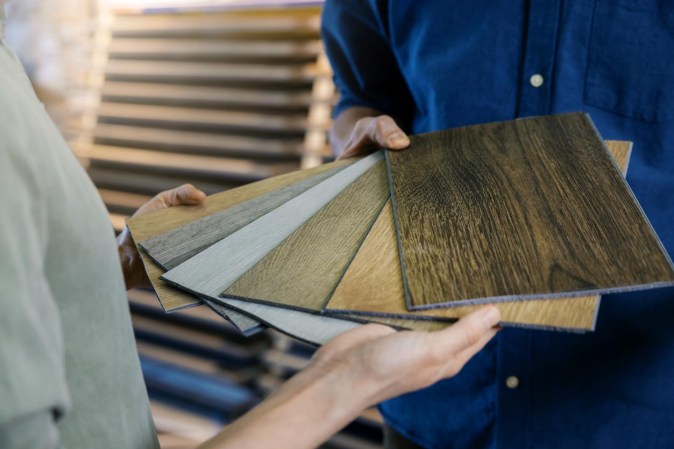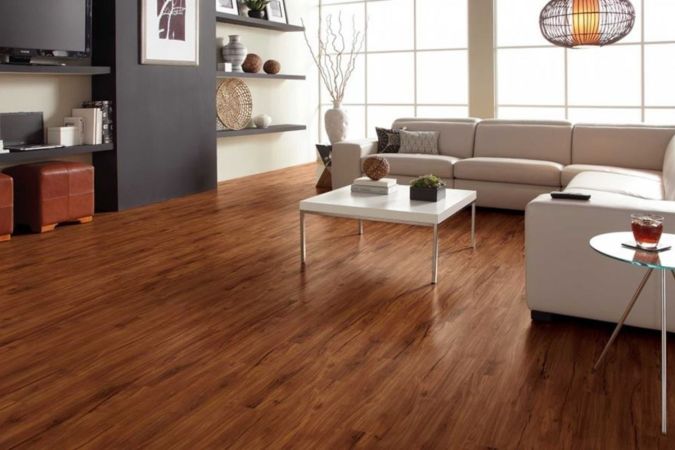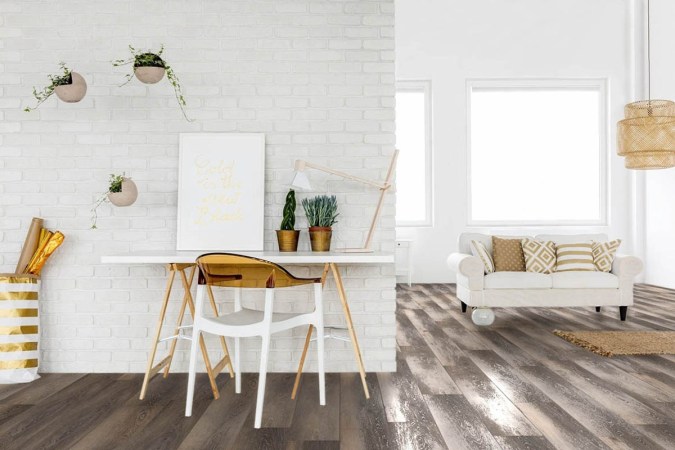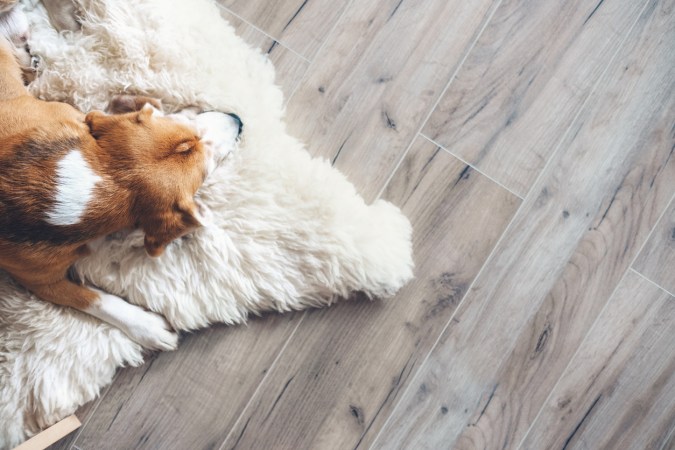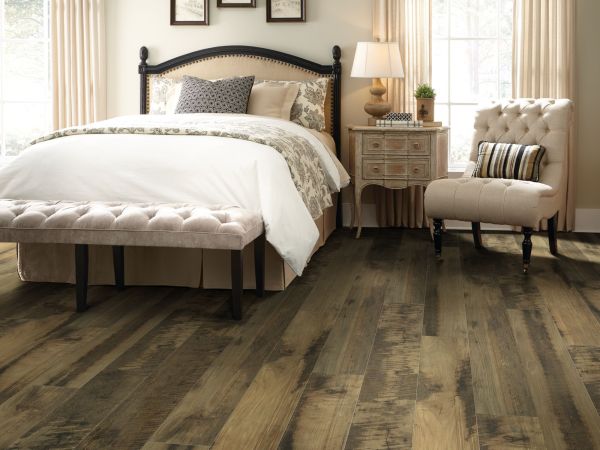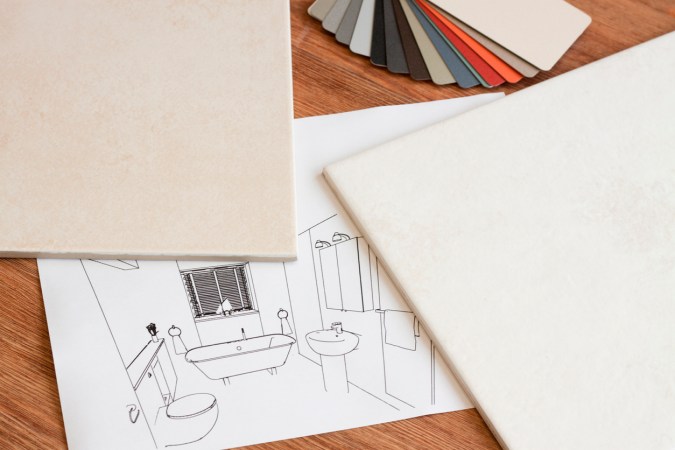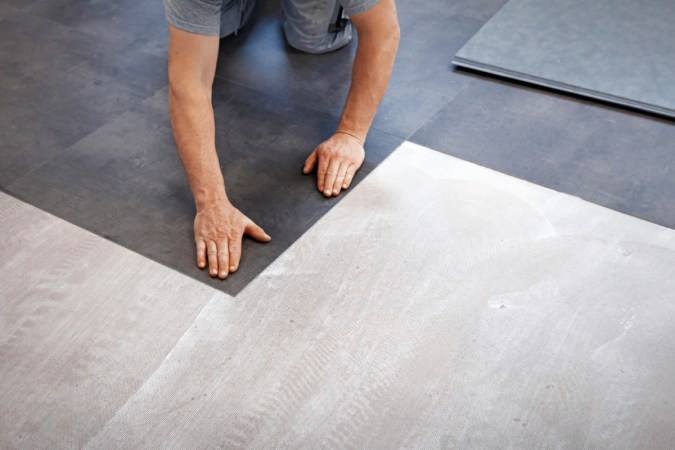We may earn revenue from the products available on this page and participate in affiliate programs. Learn More ›
When it comes to choosing the right type of flooring, it’s important for homeowners to consider the cost implications of various material options. Both laminate and vinyl flooring have gained popularity for their versatility and affordability, but they do have differences in cost based on material type, installation, and durability.
Laminate flooring is a type of synthetic material that replicates the appearance of natural materials such as hardwood, stone, or tile. It’s designed to offer an affordable alternative to traditional hardwood flooring while providing a similar visual appeal. Laminate flooring consists of several layers that are fused together through a lamination process.
- Wear layer. The top layer is a wear-resistant, transparent layer that protects the design layer underneath from scratches, stains, and fading.
- Design layer. This is the layer that gives laminate flooring its visual appeal. It’s a high-resolution photograph of real wood, stone, or tile that is printed onto the material. This layer is responsible for creating the realistic appearance of the flooring material.
- Core layer. The core layer provides structural stability to the flooring. It is typically made of high-density fiberboard (HDF) or particleboard. HDF is often preferred due to its strength and resistance to moisture.
- Bottom layer. Also known as the backing layer, this layer provides balance and stability to the flooring. It helps prevent warping and adds an additional layer of moisture resistance.
The best laminate flooring options have long been valued for their ability to mimic the appearance of natural hardwood at a fraction of the cost. When homeowners are comparing the differences between laminate and hardwood, the relative affordability to install laminate flooring makes it an appealing option, especially for budget-conscious homeowners. The cost of laminate sheets or laminate planks varies based on factors such as brand, design complexity, and quality, and installation costs can be minimized if a homeowner learns how to install laminate flooring on their own. Homeowners will want to note that laminate might not be the ideal choice for areas prone to moisture, like bathrooms, since installing bathroom laminate flooring can result in the material sustaining damage over time.
Vinyl flooring is a versatile and durable type of material that is made from synthetic materials, primarily polyvinyl chloride (PVC) and other additives, which are combined to create various layers. Vinyl flooring is designed to mimic the appearance of wood, stone, or tile while offering enhanced durability. Luxury vinyl tile, often referred to as LVT, consists of individual planks or tiles that closely resemble natural materials, and some have embossed textures that mimic the feel of wood or stone. Vinyl sheet flooring comes in large rolls and is typically installed in one large piece, covering the entire floor area. It provides a smooth and continuous surface, which can work well for spaces where seams might be less desirable, such as bathrooms or kitchens.
In addition, vinyl flooring comes at various price points, making it accessible for a wide range of budgets. The availability of cheap vinyl flooring is particularly attractive for those looking to install a new floor without breaking the bank. Luxury vinyl plank flooring can closely resemble hardwood and offers enhanced durability. Waterproof vinyl flooring, which is well suited for areas with high levels of humidity or in spill-prone environments, may cost slightly more due to its specialized features. While professional installation by one of the best flooring companies or a top-rated local contractor might be preferred for more complex layouts, many homeowners find learning how to install vinyl plank flooring to be relatively straightforward.

Carpet, hardwood, tile, vinyl, and laminate flooring.
Bob Vila has partnered with Empire Today® to help you easily get beautiful new floors at a great price.
Free In-Home Estimates
When homeowners are evaluating laminate vs. vinyl flooring cost, the pros and cons extend beyond the initial cost investment. Laminate’s close resemblance to wood and its durability are appealing aspects, but the material might not hold up well in damp areas. Vinyl’s resistance to moisture and versatility in design, including options like bathroom vinyl tiles, are strong advantages. When comparing vinyl vs. laminate flooring with pets, the scratch resistance of vinyl may outweigh laminate’s susceptibility to scratches.
While both options are cost-effective compared to natural hardwood, vinyl flooring planks may have a slight edge in terms of cost due to their wider range of affordability. The cost difference between the two materials isn’t substantial, and it might be outweighed by factors such as specific aesthetic preferences, installation location, and functional requirements.
The comparison between laminate and vinyl flooring cost involves not only the initial expense but also the long-term value and durability of each option. Both laminate and vinyl flooring offer affordable solutions with a variety of design choices. The decision ultimately hinges on personal preferences, intended usage, and the desired aesthetic appeal. As the flooring market continues to evolve, the unique blend of characteristics that each type of flooring brings can help homeowners make an informed and cost-effective choice for their space.
1. Laminate and vinyl flooring are comparable in cost when it comes to materials and installation.
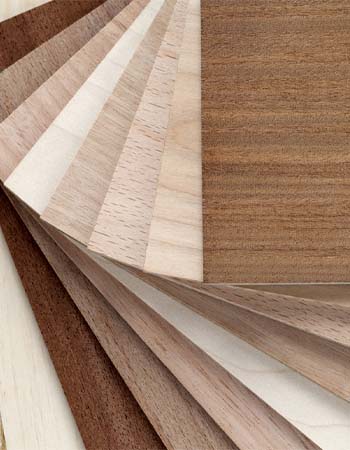
When it comes to the cost of materials and installation, laminate and vinyl flooring are relatively equal, and both options offer budget-friendly choices for homeowners looking to enhance their homes. There are several reasons these flooring materials are comparable in terms of cost.
- Materials. Laminate and vinyl flooring are both known for their affordability, making them popular choices with homeowners with a wide range of budgets. The cost of materials, including laminate sheets or planks and vinyl flooring planks or tiles, can vary based on quality, brand, and design. Overall, both laminate and vinyl tend to be less expensive than traditional hardwood flooring.
- Installation. The cost of installing both laminate and vinyl flooring is also relatively comparable. Homeowners often have the option to install both types of flooring themselves, thanks to their user-friendly installation process, or they can hire one of the best vinyl plank flooring installers. Many laminate and vinyl products feature interlocking mechanisms or adhesive backing, both of which simplify the installation process.
- Laminate. The cost to install laminate flooring is between $1,400 to $4,616, with many homeowners spending around $2,879 for a 12-millimeter-thick laminate installed in a 200-square-foot space with a sound-dampening underlayment. The average price range per square foot runs from $6 to $14, including material and labor costs. The cost of labor will typically range from $800 to $1,600 for a 200-square-foot space.
- Vinyl. The cost to install vinyl plank flooring is between $988 and $3,891, with the national average at $2,399, or between $2 and $10 per square foot installed. Luxury vinyl plank flooring ranges from $1 to $6 for materials and another $1 to $5 per square foot for labor. Vinyl sheet flooring is less expensive at $0.50 to $2 per square foot.
- Specific factors influencing cost. While laminate and vinyl flooring share cost similarities, specific factors can impact the final cost. These can include the complexity of the project, the need for additional materials like underlayment, and the choice between glue-down or floating installation methods. The addition of specialized features such as waterproofing in certain vinyl options might slightly elevate the cost compared to standard laminate products.
- Long-term considerations. Both options are durable and resistant to wear, but vinyl’s inherent moisture resistance might make it a more suitable choice for areas prone to spills or excessive moisture. Over time, this resistance could potentially result in lower maintenance and replacement costs for vinyl flooring.
- Personal preference. The decision between laminate and vinyl flooring often comes down to personal preference. Some homeowners might lean toward one option due to its ability to mimic the look of natural wood or the availability of a wide range of designs and colors. The aesthetic considerations can be just as influential as the overall cost in the decision-making process.
2. However, luxury vinyl flooring can be pricey, especially for high-end designs or name-brand options.
Luxury vinyl flooring can have a higher price point, particularly for premium designs or well-known brands. While laminate wood flooring and standard vinyl options are generally considered cost-effective, luxury vinyl plank flooring does have an elevated price. Luxury vinyl flooring sets itself apart by mimicking the appearance of high-end materials, such as hardwood or stone. The intricate detailing and textures of the material make it look authentic, and achieving this level of realism often involves advanced manufacturing techniques and top-tier materials, driving up production costs.
Luxury vinyl flooring is designed to offer enhanced durability and additional features, such as improved scratch and dent resistance, waterproofing, and noise reduction. These features cater to a higher level of performance, which can justify the higher cost for homeowners seeking increased longevity of the flooring material. Certain luxury vinyl brands have gained recognition for their commitment to innovation, quality, and design. The reputation and trust associated with certain brands can allow them to command a premium price in the market, and some vinyl flooring lines introduce cutting-edge technology and unique design elements, which contributes to a higher price point. Higher-end luxury vinyl designs often feature more intricate patterns, embossed textures, and a wider array of color options.
While the initial cost of luxury vinyl flooring might be higher, it’s important for homeowners to consider the long-term value it brings. The durability and premium features can result in reduced maintenance and replacement expenses over the flooring’s lifespan, potentially offsetting the higher up-front cost. The choice between standard vinyl, laminate, and luxury vinyl depends on individual preferences, budget considerations, and the needs of the specific installation space.
3. The long-term costs for laminate and vinyl flooring are also similar, as both materials require similar care and maintenance.
The long-term costs associated with laminate and vinyl flooring are comparable due to their similar care and maintenance requirements. Both materials offer the advantage of being relatively low-maintenance options, which can contribute to ongoing cost savings.
Laminate and vinyl flooring share a common feature of being easy to maintain. Regular cleaning with a broom, vacuum, or damp mop is typically sufficient to keep both types of flooring looking their best. Their smooth surfaces discourage the accumulation of dust, dirt, and allergens, making cleaning easy and reducing the need for specialized cleaning products. Both laminate and vinyl flooring are designed to resist stains and spills, and knowing how to clean laminate flooring minimizes the likelihood of permanent damage, helping to extend the lifespan of the flooring.
Both types of flooring are known for their durability and wear resistance, and this durability means that homeowners can enjoy their investment for a longer period without the need for frequent repairs. In the event that a section of flooring becomes damaged or worn, repairing or replacing laminate and vinyl click flooring can be done with relative ease. This DIY-friendly project can further minimize long-term costs, since homeowners may be able to manage small repairs on their own.
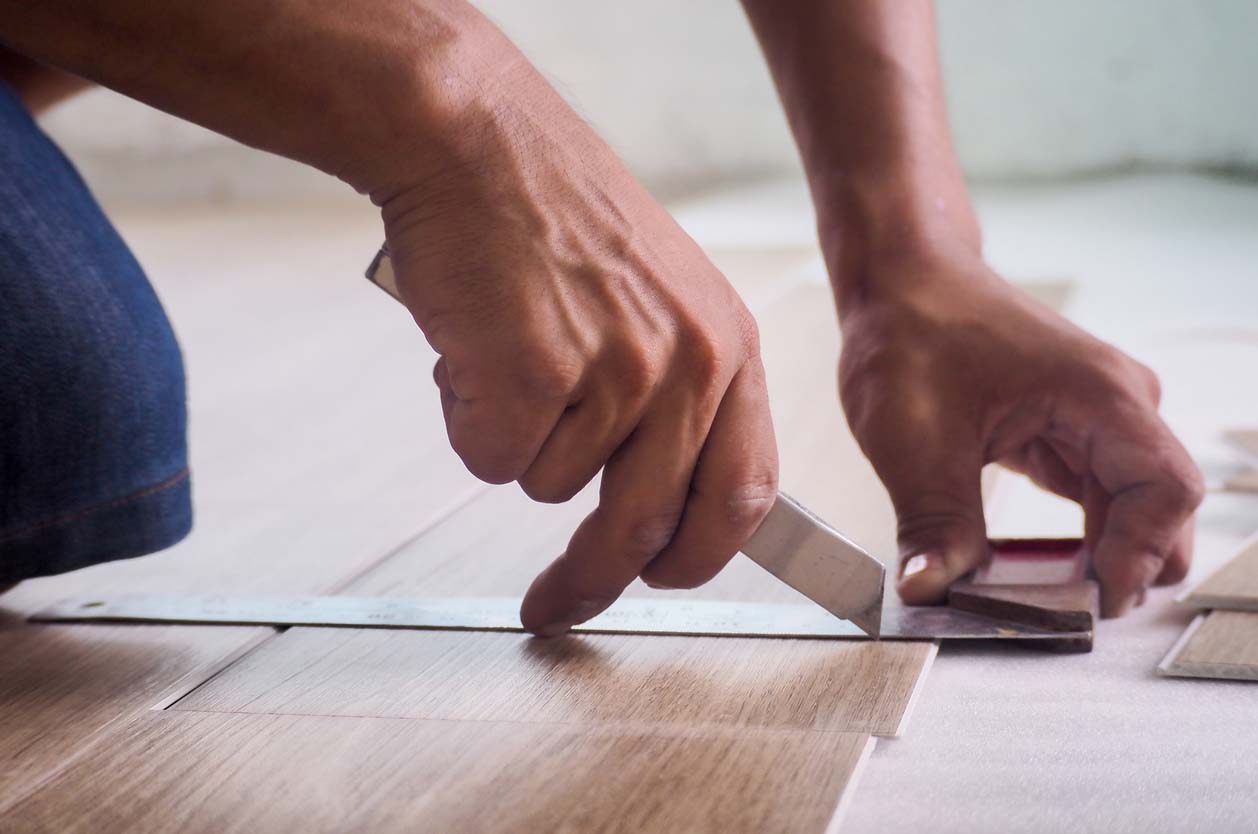
4. Laminate flooring usually needs underlayment to dampen noise and make it more comfortable underfoot, which can add to the installation costs.
One of the considerations that can influence the installation cost of laminate flooring is the need for underlayment. Underlayment serves a dual purpose: dampening noise and enhancing comfort underfoot. While laminate flooring is known for its affordability, the addition of underlayment does introduce an extra expense to the installation process. Underlayment significantly contributes to the reduction of noise transmission, which is especially crucial in multistory homes or areas where noise control is a priority. The underlayment adds a layer of cushioning that makes walking on laminate flooring more comfortable. Underlayment materials, such as foam or cork, need to be installed beneath the laminate planks. This extra step in the installation process can increase labor time, raising the overall installation cost.
The cost for underlayment ranges from $30 to $50 per roll. The thicker the underlayment material, the more expensive and difficult it is to install. The cost of underlayment can vary based on factors such as material type, thickness, and quality. Higher-quality underlayment materials offer superior noise reduction and comfort, but they are also more expensive. Homeowners looking for premium underlayment options will need to account for higher costs in their budget. Even though this is an additional expense, noise reduction and increased comfort can enhance the overall living experience within the space, and the cushioning effect of underlayment can potentially reduce wear and tear of the flooring over time. When homeowners are installing vinyl plank flooring, some options come with attached underlayment layers, which can simplify the installation process and potentially reduce costs. These all-in-one products might not offer the same level of customization as separate underlayment options used with laminate flooring, however.
5. Vinyl flooring may not need underlayment, as it’s naturally quieter and more comfortable underfoot; this can keep initial costs down.
When considering vinyl vs. laminate flooring pros and cons, one of the notable advantages of vinyl flooring is that it technically doesn’t need underlayment, which can result in cost savings during installation. Vinyl flooring’s natural attributes of resilience and cushioning help absorb impact and reduce noise. These built-in noise reduction and comfort aspects often eliminate the need for additional underlayment layers. This can contribute to savings during installation since homeowners can avoid the expense of purchasing underlayment materials and the extra labor time required for installation.
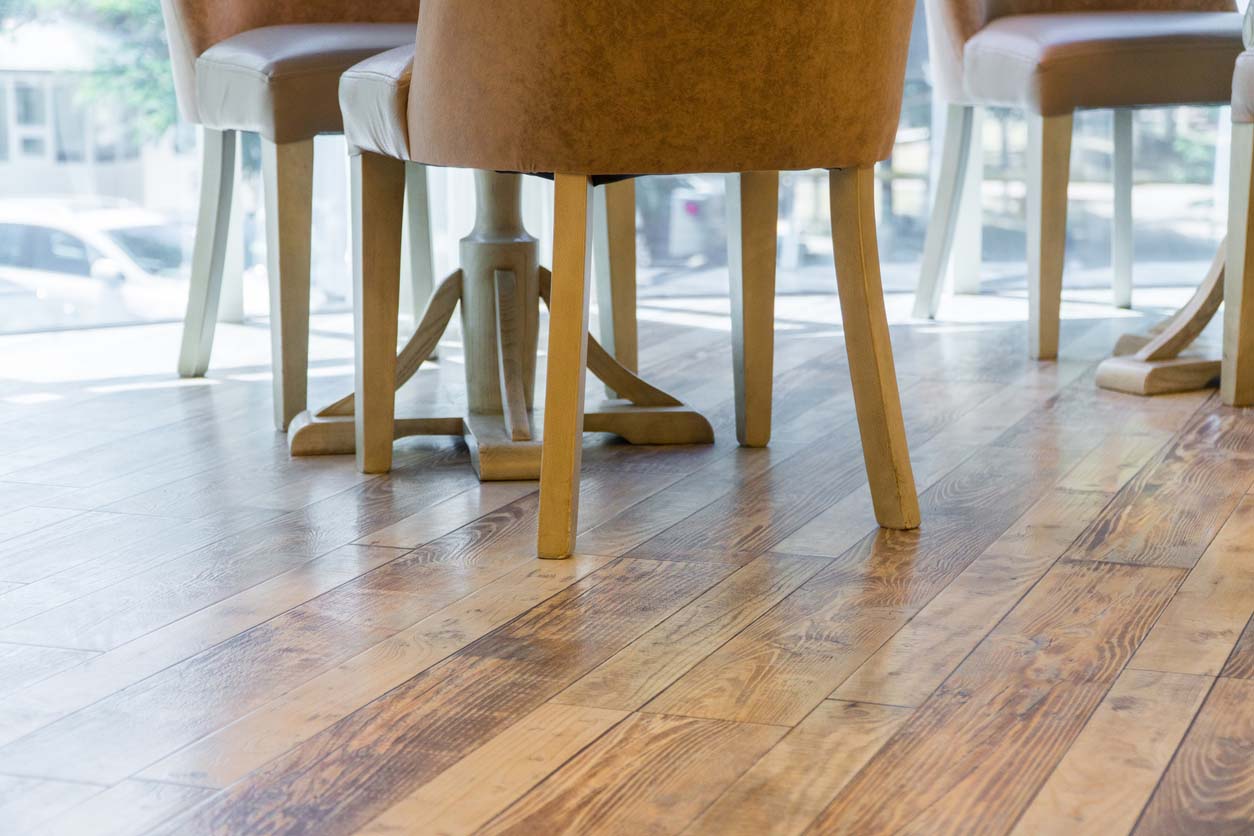
6. When properly maintained, vinyl flooring can last up to 50 years, while laminate’s lifespan is around 30 years. This means homeowners will likely need to pay to replace laminate flooring sooner than vinyl.
The lifespan of flooring materials plays a crucial role in the long-term cost considerations for homeowners. Durability and longevity of vinyl and laminate flooring are important factors that can impact replacement costs over time.
Vinyl flooring is well known for its exceptional durability and longevity. Knowing how to clean vinyl flooring can help it last up to 50 years or more. This extended lifespan is due to its inherent resistance to wear, moisture, and impacts. Furthermore, this longevity contributes to its reputation as a long-term investment that can withstand the test of time.
Laminate flooring typically has a slightly shorter lifespan compared with vinyl. With proper care and maintenance, laminate flooring can last about 30 years. The longevity of laminate flooring is affected by factors such as its susceptibility to moisture, scratches, and wear in high-traffic areas. Over time, these factors might mean laminate will need to be replaced sooner than vinyl.
7. Since laminate and vinyl flooring have similar up-front and long-term costs, homeowners will likely make their choice based on design and availability over price.
Since the financial considerations of both laminate and vinyl flooring balance out, other factors such as design options and availability play an important role in influencing homeowners’ choices. Both laminate and vinyl flooring offer a diverse range of design options that can mimic the look of natural materials such as stone or hardwood. These options allow for personalization and the creation of a specific look for many homeowners. The wide array of colors, patterns, and styles available in both flooring materials provides room for creative design within a home.
The availability of various laminate and vinyl designs allows homeowners to stay in tune with current design trends. Whether a homeowner prefers a classic, rustic, or modern look, they’re likely to find laminate or vinyl options that suit their tastes. Design trends can contribute to the overall ambience and value of the home, and in the end, the decision between laminate and vinyl flooring often comes down to personal preference. Individual preferences, such as the level of comfort underfoot and visual impact, vary from person to person. When the time comes to budget for flooring installation cost, homeowners can have the opportunity to choose the type of flooring that works the best with their needs and design choices.

